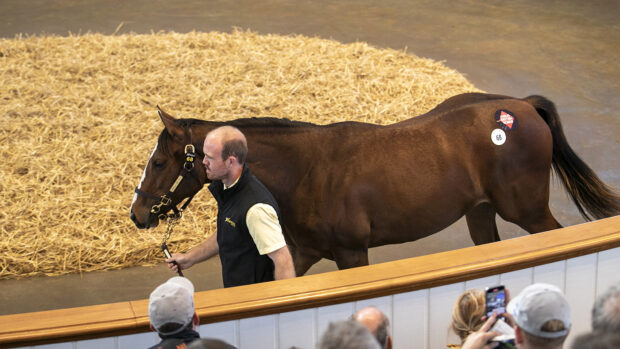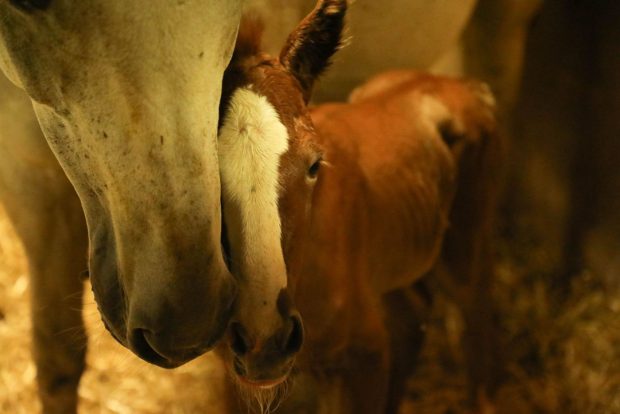When I invited readers who were considering breeding from their mare to take part in a feature for the H&H sport horse special (on sale today 8 March, 2012), I was inundated with replies.
But as I worked through the hundreds of responses, I was shocked by the sheer number of mares with serious issues put forward as viable breeding candidates.
There were numerous people looking to breed from mares with kissing spines, navicular, sweet itch, sarcoids, ligament and tendon injuries, respiratory issues, undiagnosed lameness, deteriorating eyesight, joint injuries, bone spavins and, would you believe it, “immature knees”. You name it, they had it.
The lack of education demonstrated by these owners was worrying. Breeding is a gamble at best and starting with the right mare should be a no-brainer.
Just because a mare can have a foal does not mean that it is a good idea for her to do so.
The primary reason cited for breeding from these mares seemed to be that the owners “just really want to breed a foal”.
In these straightened times – with horses being sold for peanuts and others going for meat as people cannot afford to keep them – just wanting to breed a cute foal is not a good enough reason to breed from a mare with issues.
That is not to say that a successful mare with, for example, a tendon injury should be immediately ruled out, but owners must carefully and objectively examine the mare’s performance record in their chosen sphere; her pedigree and the performance of her relatives; her conformation, movement and temperament.
If the mare is young, unproven with no competition record and no pedigree to speak of, it’s probably a better idea – and often cheaper – to buy a foal instead. Then you can choose the bloodlines, colour and sex of that foal.
And then there’s all the aftercare. If owners have no experience of caring for a preganant mare, foaling or looking after foals, then without proper support, the risks – already high – of something going wrong are vastly increased.
No horse is perfect, but it‘s so important to start from a sound, quality mare. With modern AI techniques, the likelihood of the foal ever glimpsing its father is minimal. It’s easy to reason that the mare, who’s likely to spend six solid months with the foal when it is at its most absorbent and receptive, has more than 50% influence over the resulting adult horse.
As I said, breeding is a gamble, even with world-class bloodlines, but starting with a healthy, happy, proven mare certainly improves your odds.
And there are no guarantees: even the best mare in the world is still capable, sadly, of producing a talentless moose.
From the hundreds of mares put forward, we chose a broad cross-section of healthy, sound horses as case studies for our feature in which top breeders recommend a range of stallions to suit each mare. Pick up a copy of today’s issue (8 March, 2012) to see if you agree with their suggestions.




